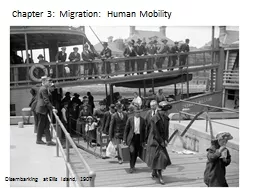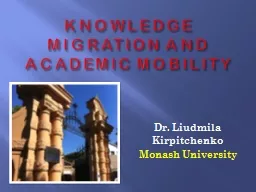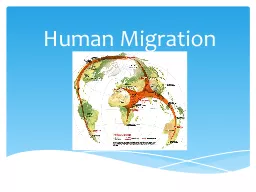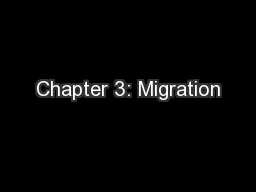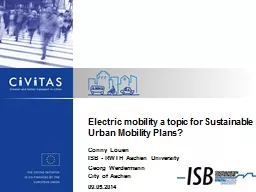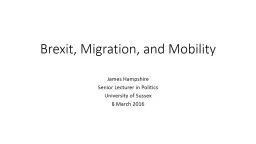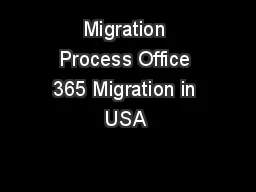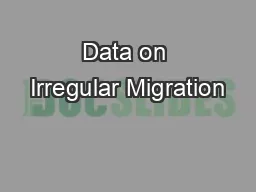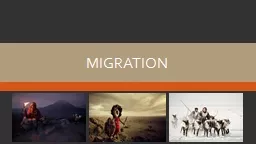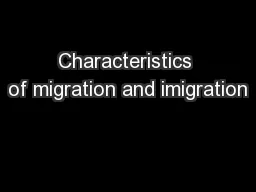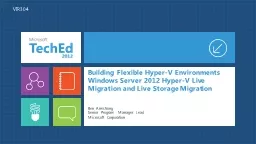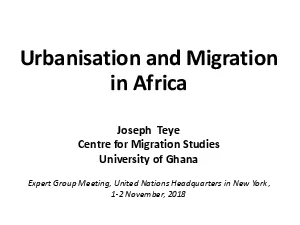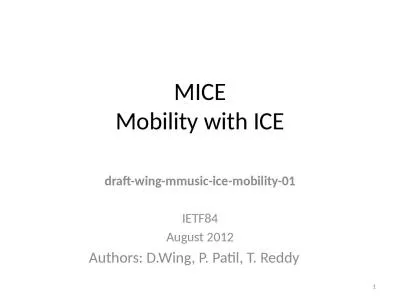PPT-Chapter 3: Migration: Human Mobility
Author : conchita-marotz | Published Date : 2017-04-11
Disembarking at Ellis Island 1907 What explains movements of people What patterns are observable Ravensteins Principlesobservable patterns German Geographer 1880s
Presentation Embed Code
Download Presentation
Download Presentation The PPT/PDF document "Chapter 3: Migration: Human Mobility" is the property of its rightful owner. Permission is granted to download and print the materials on this website for personal, non-commercial use only, and to display it on your personal computer provided you do not modify the materials and that you retain all copyright notices contained in the materials. By downloading content from our website, you accept the terms of this agreement.
Chapter 3: Migration: Human Mobility: Transcript
Download Rules Of Document
"Chapter 3: Migration: Human Mobility"The content belongs to its owner. You may download and print it for personal use, without modification, and keep all copyright notices. By downloading, you agree to these terms.
Related Documents

